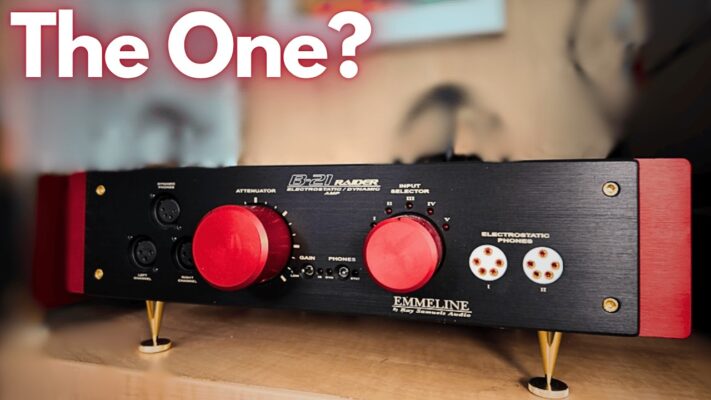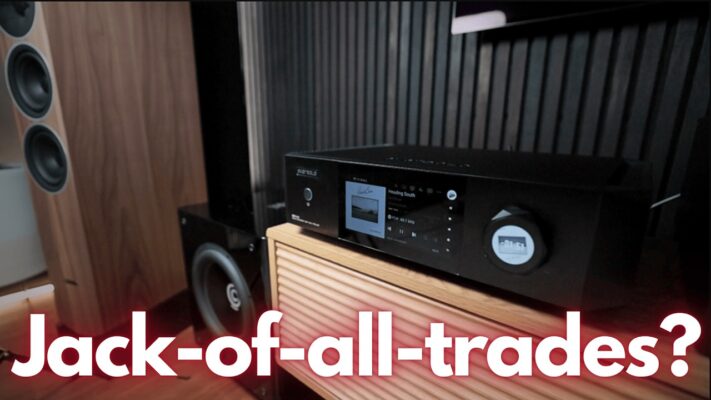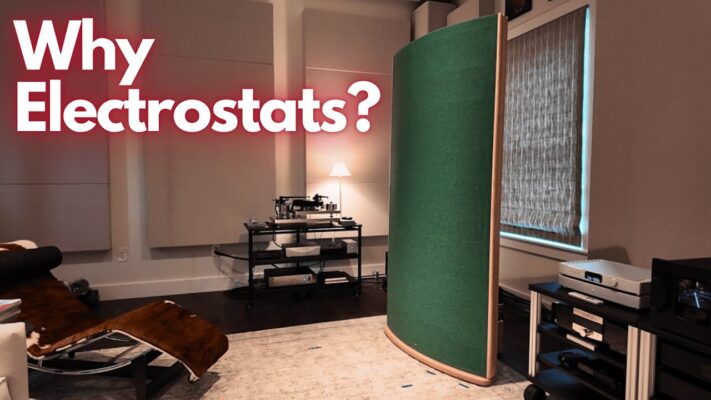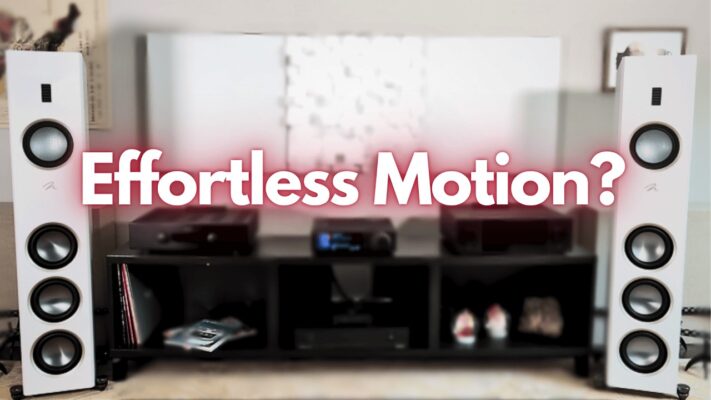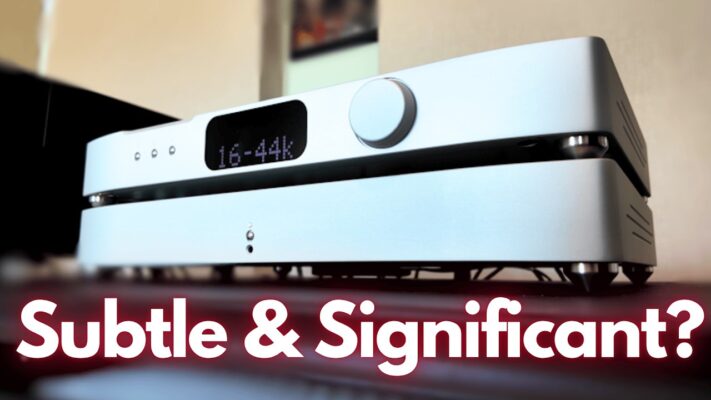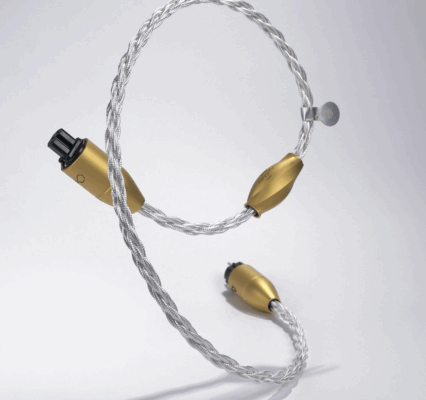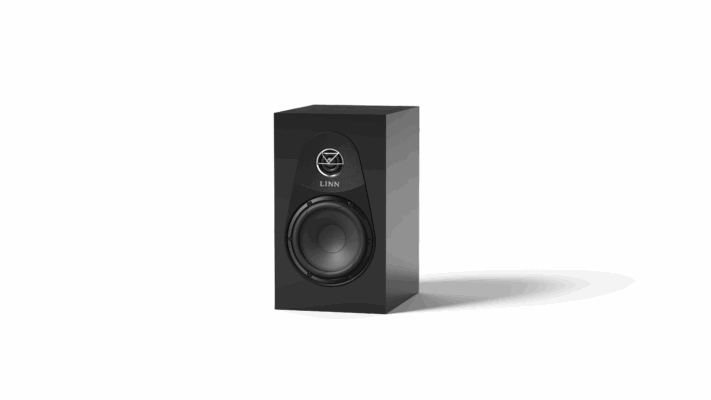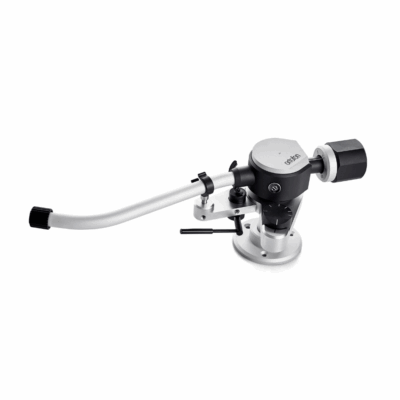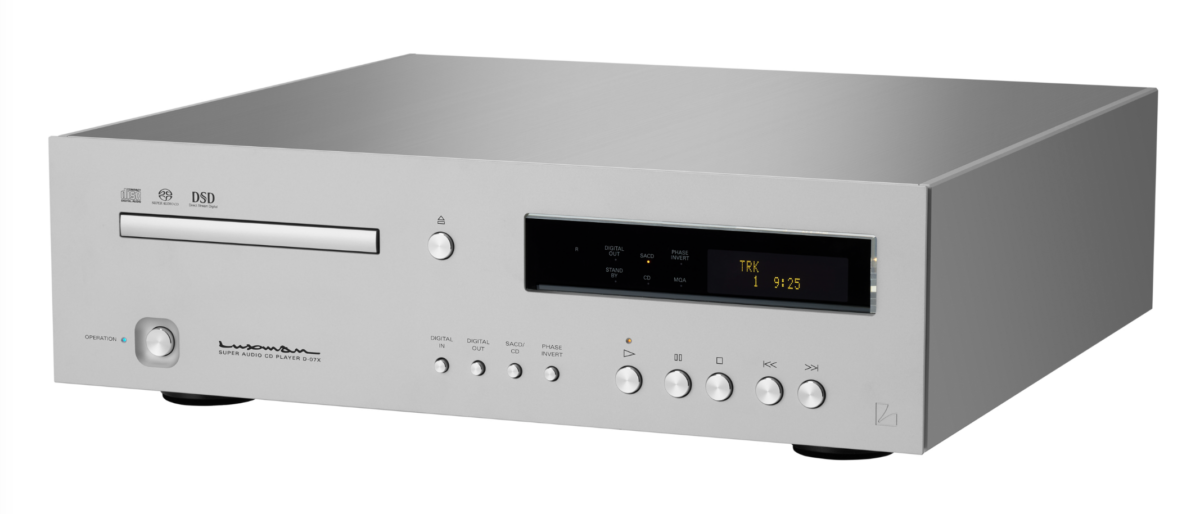Best Integrated Amps Under $5k Series: Cambridge Audio Evo 150 Review
- REVIEW
- by Jason Methfessel
- Jun 14, 2025
One of the things that I’ve discovered in life is that the broader my brush, the more quickly I paint myself into a corner.
Scouring the online forums of audiophilia has shed light on a subset of listeners who have done just this when it comes to switching amplifiers.
While I’m certain earlier class-D amplifiers warranted this ‘band of brother’s’ rapid armament of the widest brushes they could find, they’ll now have to stay in the corner they’ve painted themselves into waiting for the paint to dry before stepping out to listen to the detailed, musical punch that the Cambridge Audio Evo 150 Streaming Amplifier has to offer.
Unless you’re standing on the precipice contemplating which equipment in the tens of thousands of dollars, you’re going to get next, I’m not sure what more you need than this chic, efficient, well connected little compact amp has to offer.
While certainly not cheap at $3,300 US, the bang for your buck that the Evo 150 offers is worth every penny.
Measuring a little over 12 inches wide, just under 14 inches deep, and only about 3 inches high, this isn’t the smallest amp on the market but it’s certainly far from obtrusive.
Given the size of this unit, it’s really quite remarkable how many features Cambridge has been able to pack into it.
With its balanced analog input, one single-ended line-level input, and a single-ended input with phono EQ for moving magnet, the Evo 150 – while not exhaustive – is certainly not lacking in its available inputs for non-digital sources.
As for the digital inputs, we have 2 TOSLINK optical, 1 S/PDIF coax, an HDMI ARC, Bluetooth, and USB; not to mention, the Evo 150’s integrated StreamMagic Gen 4 Module for streaming via Wi-Fi or a wired ethernet connection.
For those of you who are more sensitive to the industrial design of your gear, included are two options for decorative side panels that are easily swapped out and held in place with magnets.
There’s a black panel with a wave-like texture and, the option I preferred, a matte, natural wood veneer, and the fit and finish actually felt congruent with higher dollar items.
In fact – this isn’t something I comment on often as I’m not convinced that it’s relevant when judging whether to buy a product or not, but the unboxing experience was definitely better than most by quite a margin.
From the moment I unsealed the box, every step made this product seem like you get more for your dollar.
Before going on to sound quality I would be remiss if I didn’t take a moment to share my experience with the StreamMagic app.
I felt Cambridge knocked this out of the park. After plugging in the Evo 150, I fired up the StreamMagic app and setup was as close to effortless as one could hope for. My device immediately discovered the amp on the network and already had my Qobuz account connected.
The creation of a queue for listening was straightforward, and files stored directly on my device were available at the swipe of a finger.
Now, as streaming services own ‘Connect’ apps become more ubiquitous, use of an OEM’s streaming interface may begin to wane.
If nothing else, this is simply another area where Cambridge went the extra mile when compared to others it competes with – again, making the user feel they got more for their money.
While streaming, the LED front display shows album art and track meta data clearly and large enough to be seen from across the room.
In addition to streaming information being displayed on-screen, from within the StreamMagic app users can rename inputs. Meaning remembering which source is connected to which input is a thing of the past.
Switching inputs is done by simply rotating the silver ring that encompasses the units volume knob or from the selection buttons opposite the volume on the remote.
And the remote is worth noting; it has great feel in your hands, and the volume adjustment is arranged in a way that allows the two buttons to operate similar to a rocker switch, which made for a very fluid experience when adjustments were made.
Oh, and when switching inputs on the amp, it remembers the volume setting previously used on the input selected and readjusts – a feature I quite liked.
If you haven’t already, go ahead and subscribe to the channel and click the bell for notifications when we release new reviews.
Okay, how does the Evo 150 sound? For the purposes of this review, I conducted the majority of my listening from my library in Qobuz via the native StreamMagic app.
The most noteworthy quality was how the Evo 150 just simply had its way with whatever speaker I lashed to it. From my – not so efficient – reference GoldenEar BRXs to the – soon to be reviewed – Martin Logan Motion XT F100 (with 92dB sensitivity at 4 ohms).
This intense control over the drivers paired with an incredibly silent (or black) background meant the inter-transient silence (that quietness between notes) had a smile– inducing believability.
If I were to make one stroke with that broad brush I mentioned in the intro, it would be the absence of a musical signal past 100kHz due to the filter for removing the switching carrier signal.
I completely understand that signals in this range are not audible, but this doesn’t mean they’re not felt or sensed. You really have to experience megahertz bandwidth equipment to get a sense of this, but after you do, trust me, you feel when that signal has been filtered out.
Almost all amplifiers anywhere near this price point have similarly limited bandwidth.
In the Evo 150, this filter has been so seamlessly integrated that the lack of these higher frequency signals is hardly a distraction. It’s just that it left the music feeling ever so slightly sterile. Really, this is pretty subtle stuff, but I’d regret not mentioning it.
Alright, back to the good stuff – of which there’s a lot with this amp. Okay, imagine your components as panes of glass through which you’re viewing the music.
I tend towards a camp that prefers the clearest possible glass for viewing and even if I would prefer my view to be ‘colored’ in any particular way, I would just as soon leave that for the final pane – the speakers.
With a plethora of speaker options on the market, if you’re able to present the clearest image possible to the speaker of choice, certainly you could find a speaker that suits your coloring needs.
Of course, that’s just my opinion and if you prefer to mix more complicated cocktails, who am I to stop you?
Suffice it to say, the Evo 150 is like a top-shelf vodka, that is, its job is to pack a punch and get out of the way for whatever else is mixed with it.
I fear I’ve begun mixing metaphors so let me get back to sharing my experience with the amp.
With 150 watts per channel, the energetic punch offered from this polite looking little amp is anything but polite; although – tonally – the Evo does tend to mind its manners; it’s not edgy or strident.
But dynamically, from tight punching snaps on a snare drum to solid thick whacks on the kick drum. This amp lets you have it.
Wasted On You from Morgan Wallen’s 2021 album, Dangerous, has a hefty bass line and the energy that the Evo 150 pumped into the room was engaging and rendered the music in a way that freed me to feel the lyrics in a whole new way.
Earlier I mentioned the black background that this amp presents, and this offered such a pleasant experience with vocals. Voices seemed to materialize out of thin air before my very eyes allowing me to forget that what I was listening to was emanating from the equipment in front of me.
The frequency response presented by the Evo 150 was nicely balanced and relatively flat if only slightly lifted in the bottom end.
This meant complex recordings sounded well organized and cohesive, but the Evo 150 demanded such control from the speakers that individual performers stood out as separate while the music overall remained cohesive.
An example of this was on the recently released album from Jeff Goldblum & The Mildred Snitzer Orchestra – Still Blooming. On their rendition of Bye-Ya, each performer came forward in the music during their respective solos and then settles back into the background as an individual amongst its band mates. A real ‘you’re there’ moment.
More generally, even at low levels, delicate details were rendered in full, making for quite enjoyable background listening.
And when I wanted to crank it up, the Evo 150 never lost control. Timbral clarity and distinction remained as this authoritative little amp had its way with the transducers.
In the introductory track to Fredrika Stahl’s album, Sweep Me Away, Fredrika whispers in the background and these whispers were rendered so clearly the hair on the back of my neck stood up – it was as if I could feel her breath in my ear.
Additionally, on John Mayer’s cover of Everyday I Have The Blues, his Strat sings with all the warmth and bloom you’d expect. This amp is musical and engaging.
What the engineers at Cambridge were able to extract from the incredible work of their engineering brethren at Hypex makes for a super exciting product.
And because this amp is truly the whole package, credit must also be given to the product development team at Cambridge Audio.
If you need a unit that packs a punch for a little listening session, looks pleasantly inconspicuous on your media console while seamlessly integrating with your television, and is a breeze to connect to for playing a little background music while hosting friends.
Look no further than the Cambridge Audio Evo 150 Streaming Amplifier.
Simply add speakers of your choosing and there’ll likely be years of sonic satisfaction in your future.
Thanks for sticking with me while I shared what I heard when listening to this product and if you made it this far, you might consider subscribing to our print magazine. There’s a link in the description.
And don’t forget to make listening fun again!
Tags: AMPLIFIER INTEGRATED VIDEO CAMBRIDGE

By Jason Methfessel
I've gotten my toes wet in Hi-Fi Audio while working in the backend on databases and website development for Nextscreen, LLC - Publisher of The Absolute Sound. Only recently have I begun my journey to the foreground to help the editorial staff produce content for our digital offering, which include theabsolutesound.com, YouTube, Substack, and our twice weekly newsletter. My primary focus will be to review lower-cost, entry-level equipment for our subscribers. In my free time in enjoy riding my bicycle and have recently picked up downhill skiing.
More articles from this editor









